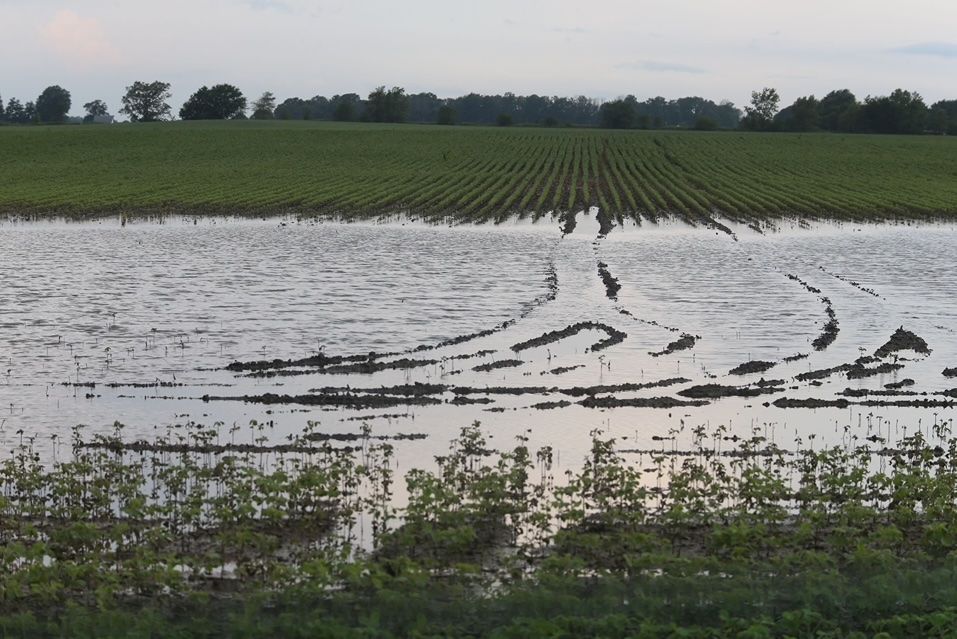Understanding Off-Target Drift: Temperature Inversion

Before you start herbicide applications this season, are you able to check off all the label requirements for your specific product? Using only approved nozzles? Check. Following your tank-mix restrictions? Check. Ensuring there is no temperature inversion to affect the application? This one can be tricky.
Although some label requirements may seem like a no-brainer, there are some that you may not be as familiar with that are still crucial for on-target herbicide application — like not spraying during a temperature inversion.
According to Mandy Bish, extension specialist at the University of Missouri, a temperature inversion is a condition when the air near the earth’s surface is cooler than the air above it. This type of weather results in a stable air mass which can suspend herbicide droplets in the air.
Bish says knowing how air flows in a field, and understanding when an inversion can form, will help applicators be more aware of the potential for off-target movement. Avoiding drift reduces the risk of damage to neighboring crops and helps ensure herbicides reach their target.
In this episode of “Inside Weed Management” from Take Action: Pesticide-Resistance Management, brought to you by the soy checkoff, Bish explains what a temperature inversion is and how it can result in off-target movement of herbicides. Funding from the soy checkoff, along with the Kentucky Soybean Promotion Board and the Missouri Soybean Merchandising Council, allowed Bish and her colleagues to study herbicide application during temperature inversions.
The soy checkoff invests in research and education each year to help farmers take advantage of efficiencies in many aspects of soybean management that threaten farmer profitability, such as combatting resistant weeds. Effective herbicide applications not only increase efficiency and reduce costs, but minimizing off-target movement also slows the development of herbicide resistance. The soy checkoff is dedicated to providing sustainably sound tips as farmers take on the growing season.



